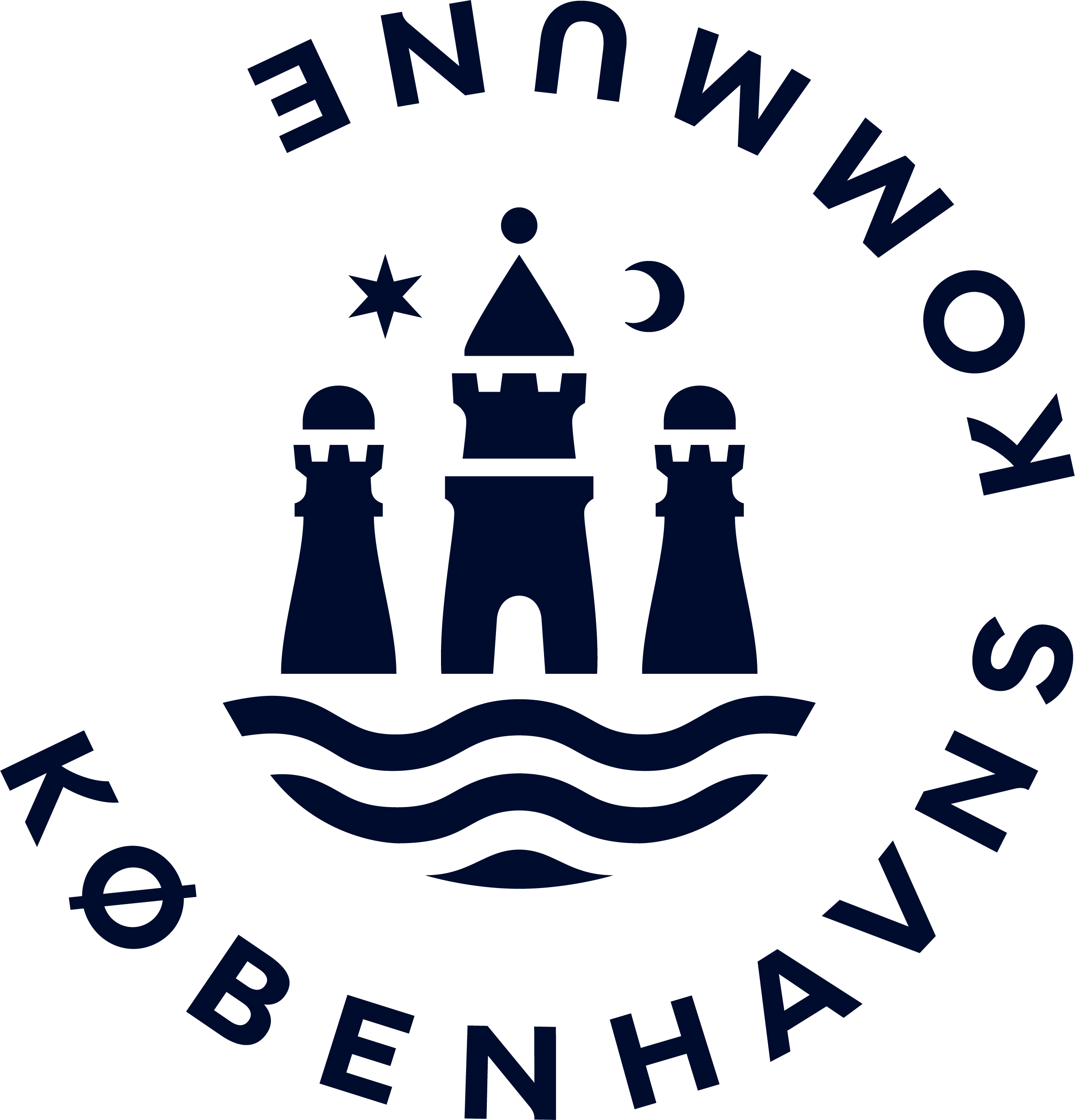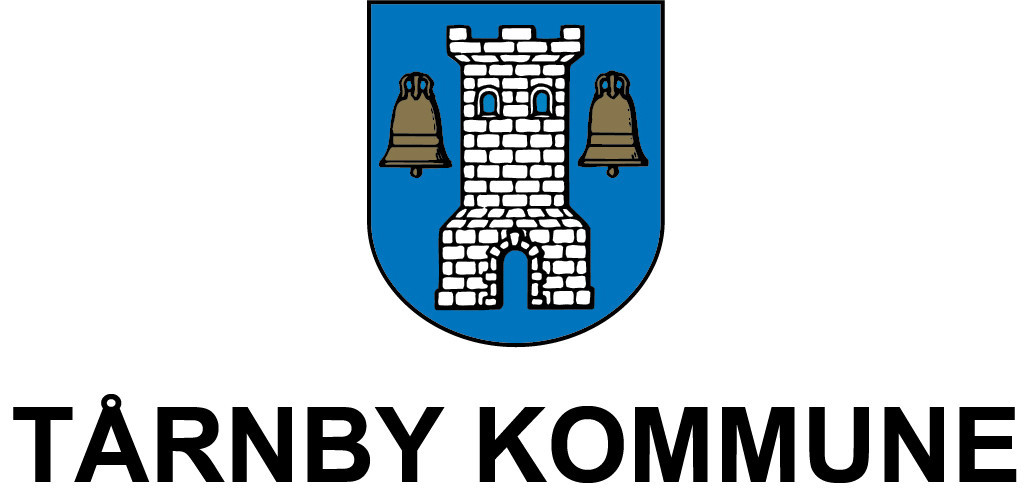Got a job in Denmark? Follow these steps
Have you just got a job in Denmark? Find out more about the practical steps you need to take and what you should consider.
This information is for EU-citizens only

If you come from a country within the Nordic region, you can travel freely to Denmark to live or work there.
If you are a citizen of an EU/EEA country, you can stay in Denmark for 3 months without applying for a registration certificate/residence permit. If you have a formal residence permit in Sweden and working in Sweden, you will not need to register in Denmark.
If you are a citizen of a country outside of the EU/EEA, there are several factors that determine whether you can be granted a residence permit and work permit in Denmark.

Your employer is obliged to inform you of agreements in the workplace, working hours, start times, holidays and termination of employment.
If there is a trade union agreement, your employer must inform you of it. Many people working in Denmark are employed on the basis of the Danish funktionærloven. This works like a collective agreement and includes laws concerning the employment relationship with regard to, among other things, termination, sickness, parental leave, and competition and customer clauses.
Please check with your employer whether you are employed under the funktionærloven. If you have a contract that is neither connected to a collective agreement nor funktionærloven, everything should be stated in the contract. Be sure to understand the contract before signing.
Five so-called "feriefridagar" have been agreed and many employers offer six week's holiday. However, this is not legislated so check with your employer to see what happens in your workplace.
The same applies to the so-called "omsorgsdage", which employees in the public sector are entitled to if that have children (2 omsorgsdage per child per year). If you have children, it may be a good idea to check if you are entitled to omsorgsdage, even if you are employed in the private sector.

The first thing you should do when you have acquired a job in Denmark is to contact the Danish tax office, Skattestyrelsen. Everyone who works in Denmark must have a personal ID number - CPR number.
- If you have a job in Denmark but live in Sweden, you need to apply for your CPR number.
Apply for a CPR via skat.dk - If you have a place to live in Denmark, and have a residence permit (non-EU citizens) or an EU registration certificate (EU citizens) you can apply for a CPR number online at International House Copenhagen's website.
Visit IH Copenhagen's website
If your employer requests a CPR number from you in order to be able to draw up a contract of employment, you should explain that you need an employment contract to get a CPR number from Skattestyrelsen. Your employer can print a preliminary contract for you, without your personal ID number, which you can then use when sending the CPR number application to Skattestyrelsen. When you have received a CPR number, your employer can write the permanent contract with your new CPR number.

If you live in Sweden and work in Denmark, you should have unemployment insurance in Denmark. This applies to both full-time and part-time work. Register with a Danish a-kasse on your first working day. Every a-kasse have a designated EU-case worker whom you can contact. If you are insured in the wrong country, you can be regarded as being uninsured.
If you would like to join a trade union, you should also change to a Danish trade union. This is because a Swedish trade union will not be able to help you in matters related to the Danish labour market.
If you have an income insurance in Sweden through your trade union or privately, you should check the possibilities for retaining this.

When you begin working in Denmark, you are also entitled to use Danish healthcare. To see a doctor in Denmark you need a card called a "særligt sundhedskort". The "særlige sundhedskort" commuters are given, is a plastic card, which contains your date of birth and your Danish CPR number. It entitles you to use the Danish healthcare system on the same terms as all other Danish citizens even if you are not registered as a resident in Denmark.
Who is entitled to the særlige sundhedskort?
You can get the særlige sundhedskort (free of charge) if you do not live in Denmark but are affiliated to the social insurance there.
How do you apply for the særlige sundhedskort?
You apply online at lifeindenmark.dk.
You may be asked to attach different documents (depending on your situation), such as:
- copies of your three most recent payslips, showing your Danish CPR number
- as well as a copy of your employment contract.
If you live in Sweden and work in Denmark, you are still entitled to Swedish dental care, but you should request a special certificate from Försäkringskassan (the Swedish Social Insurance Agency).
You can read more in our article: Visiting a dentist in Denmark

When you start working in Denmark, you must open a Danish bank account to be able to receive your salary. Do this as soon as possible once you have received your CPR number, because it often takes some time for the payroll administrator to put you into the system.
When you work in Denmark, you will also need to have one account known as the NemKonto: a public payment system, which makes it possible for the authorities to pay you money. Please contact your bank to ensure that the bank account that you open to receive your salary is also a NemKonto.

MitID is the danish national eID - a personal key to digital services in Denmark, including self-service solutions provided by the public sector. The digital ID works as a key from the app on your phone.

If you work in Denmark, you are entitled to parental leave and remuneration according to the same conditions as those who live in Denmark. Depending on the trade union agreement at your workplace, you will either receive a salary from your employer or parental allowance from the municipality. Ask your employer to find out what applies in your workplace.
You can find more information in our articles about parental leave

When you begin working in Denmark, you normally also earn pension in Denmark, both the state pension and in some cases an employer funded pension.
Remember to always check your pension agreement at your workplace. Not all Danish employers have a pension agreement and if that is the case, you can make your own pension savings if you want to.

Normally the work country is the country, which is responsible for the employee's social insurance. If you carry out work in two countries, this can change, and it is therefore important to examine how it affects your social insurance. Contact Försäkringskassan if you live in Sweden or Udbetaling Danmark if you live in Denmark.
Read more about what to do when working in Denmark on Life in Denmarks website

Forskudsopgørelsen (preliminary income assessment) is a preliminary estimation of your expected income and tax during the year.
If you are working in Denmark and paying tax there, you should make sure your forskudsopgørelse is correct in accordance with the income, tax and deductions you expect to get during the income year. When you are tax registered in Denmark your forskudsopgørelse is available online when you log into skat.dk.
The forskudsopgørelse collects all the relevant data that Skattestyrelsen has about you, if you previously have had an income in Denmark. If your economy has changed, or if you don't have any previous data, you should log in and update the forskudsopgørelse with the actual data. You do this in order to pay the correct amount of tax, and avoid paying to much or to little.
When you update your forskudsopgørelse your tax card will also update automatically, and is then available for your employer at Skat.dk.
Did you find this information relevant?
Do you want to elaborate?
We can help you
You are always welcome to visit our Information Center in Malmö to get help with your questions regarding working, moving or studying in Denmark.











